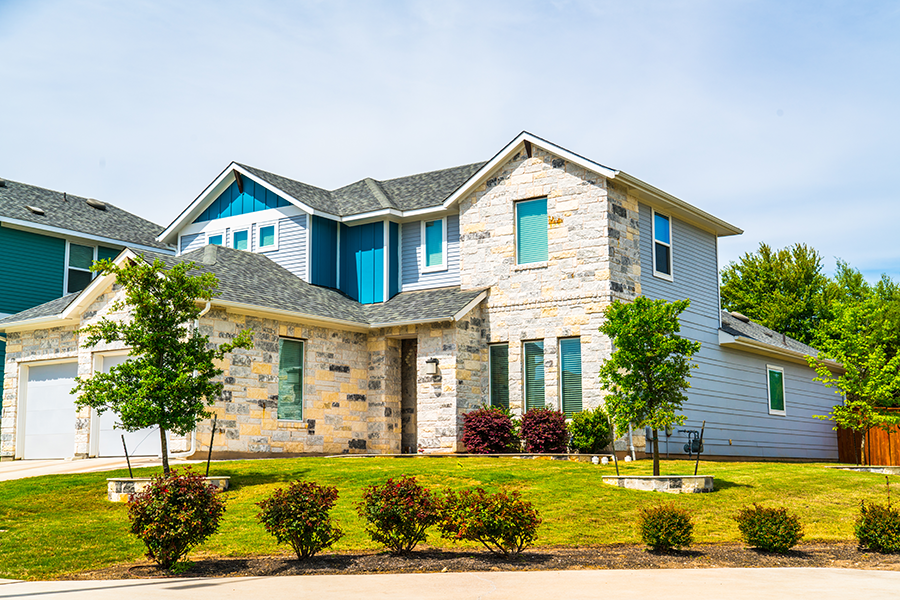
Turning Your Property into a Residential Rental Property

Why Now is a Prime Time to Invest in Residential Rental Properties

Rental Property Dispositions
When a renter decides to move out of a rental property, several important tasks need to be carried out by both the resident and the landlord. One crucial aspect of this process is rental property disposition. In this article, we will explore what rental property disposition entails, why it is important, and the steps involved in the disposition process.
What is Rental Property Disposition?
Rental property disposition refers to the assessment and management of a property’s condition when a resident vacates it. It involves determining any necessary repairs or maintenance, evaluating the property’s cleanliness, and addressing any financial matters related to the resident’s security deposit.
Importance of Rental Property Disposition
Rental property disposition is essential for both landlords and residents. For landlords, it ensures that the property remains in good condition, ready for the next resident. It helps identify any repairs or maintenance tasks that need to be addressed promptly, minimizing potential damage and reducing vacancy periods. Additionally, rental property disposition protects the landlord’s investment by ensuring that the property retains its value over time.
On the resident’s side, rental property disposition provides an opportunity to reclaim their security deposit. By leaving the property in good condition, tenants increase their chances of receiving a full refund. It also helps maintain a positive relationship and may serve as a reference for future rental applications.
Steps in the Rental Property Disposition Process
1 – Communication and Notice: The resident should provide proper notice to the landlord about their intention to move out, typically in accordance with the terms of the lease agreement. This allows the landlord to prepare for the rental property disposition process.
2 – Resident’s Responsibilities: The resident is responsible for removing their personal belongings, thoroughly cleaning the property, and returning all keys and access devices. They should also fulfill any obligations outlined in the lease agreement, such as repairing any damages caused during their tenancy.
3 – Property Inspection: After the resident moves out, the landlord or property manager will conduct a detailed inspection of the property. This inspection involves assessing the overall condition of the property, identifying any damages, and comparing its state to the move-in condition and any pre-move-out inspection notes.
4 – Repairs and Maintenance: If damages are found during the inspection, the landlord may deduct the cost of necessary repairs from the resident’s security deposit. These repairs may include fixing broken appliances, repairing damaged walls, or replacing worn-out carpeting. It’s important for the landlord to document all expenses and provide the resident with an itemized list of deductions, as required by local laws.
5 – Security Deposit Refund: Once the inspection and any necessary repairs are completed, the landlord will determine the final amount to be refunded to the resident. If deductions are made, the landlord must provide an explanation and supporting documentation within the specified time frame, as required by local regulations.
Rental property disposition is a critical process that takes place when a resident moves out of a rental property. It involves assessing the property’s condition, addressing necessary repairs, and determining the refund of the resident’s security deposit. By understanding and following the steps involved in rental property disposition, both landlords and residents can ensure a smooth transition, maintain a positive relationship, and protect their respective interests in the rental property.



